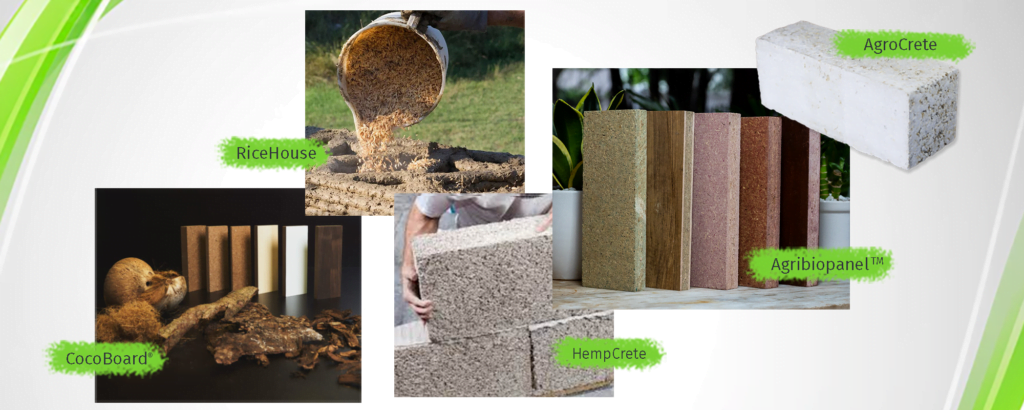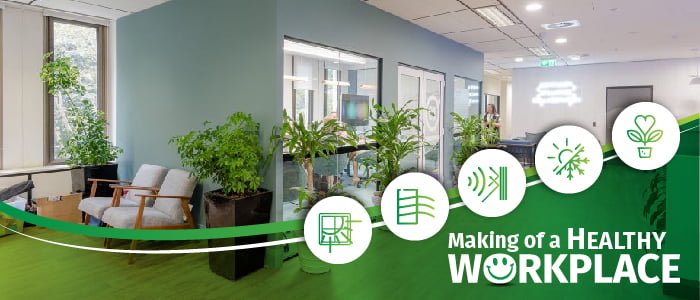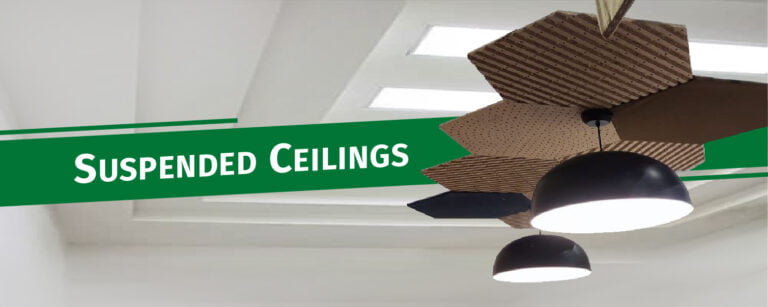Every time one ignores to act in favour of the environment, we move further away from achieving our collective goal of sustainability. With the ever-increasing Global warming and its irreversible impacts, adopting a Green lifestyle is no more a choice. The Globe is getting hotter, and the impact of Climate change is daunting. Humans are morally obligated to protect the ecosystem more than any other species. Particularly, anthropogenic environmental degradation has been detrimental in all aspects. Envisioning a greener, cleaner reality to lessen the impact of Climate Change is a pressing need of the hour. Being aware and mindful of all our actions every step of the way is the key idea behind going green.

We are caught in a web of preconceived notions that prove to be a hindrance in making an eco-friendly transition. One doesn’t have to paint it all green to achieve a green lifestyle. The truth, however, is that sustainable living is about making every day about the environment and our surroundings, and protecting the planet and our habitat.
Making the right choices
Think of your day the moment you wake up. Every activity presents options for us to pick from. Going green is a chosen way of life made possible with an array of environmentally conscious decisions. Switching to a more sustainable regime starts with a positive shift in attitude for a sustainable tomorrow. It begins with changing the fundamentally wrong practices that harm the ecology.

Let us look at some of the everyday choices we make. Not carrying a bag when buying vegetables, or bottled water, using single-use plastic like cling films or cellophane, leaving the water running, etc.
Anything is truly sustainable if its entire life cycle stays true to it. Yes, at certain times, Eco-friendly decisions come with high up-front costs, but these always pay off in the long run. A sustainable economy is built through collective initiatives and collaborations aimed at Green living. Small steps add up to deliver large-scale impact. Consciously working in the right direction with a long-term vision turns small steps into big impacts.
Green Businesses winning markets
Today is the world of innovations, start-ups, and enterprises. Businesses around the globe are monitoring their methodologies to be eco-efficient. Companies are consciously making alterations in their operations that significantly reduce their carbon footprint.
For instance, Ford, a part of its 10-part environmental policy, uses sustainable fabrics in its vehicles, while 80% of its Focus and Escape vehicles are recyclable.
Hewlett-Packard has initiated plans that are aimed at reducing emissions and cutting back on toxic substances used in manufacturing its products, like cartridges. It has also initiated an aggressive recycling program to ensure that most of the manufacturing waste does not end up in landfills.
The World will follow…
An establishment that is backed by sustainable efforts catches more customer attention and builds more credibility as a brand. Likewise, the ‘greener generation’ are 13% more likely to choose a more expensive but environmental-friendly product or service over standard industry goods and services, as per a Nielsen study.
As Forbes rightly puts it – “What’s good for the Planet is good for Business.”
The choice to go green comes with several benefits other than environmental for companies, including tax credits and incentives and cost savings.
“Interestingly, there are a billion ways in how Green practices can act as catalysts for Eco-businesses to flourish.”
The construction industry is a giant leaving massive carbon footprints on the planet. Conventionally used building materials such as Concrete, Brick, Steel, and Aluminium emit high quantities of Co2. With more and more entrepreneurs and innovators exploring the science of the environment, start-ups are turning the tables with bio-based building solutions. Conventional industry practices are now seeing a shift with alternate bio-based products gushing into the market. The urge to switch to Eco-friendly building materials is making brands navigate diverse renewable resources & recycled materials.

Brick by Brick
To significantly reduce the Co2 emissions as a part of the cement-making process, GreenJams – a social enterprise, created a carbon-negative building material from agriculture biomass and hemp blocks. Effectively cutting the construction cost by 50%, it also increases the thermal insulation by 50%. According to the founders, Agrocrete is as good as conventional brick and even better in terms of its thermal conductivity. Additionally, due to its relatively bigger size and lightweight properties, it reduces construction time and labor.
Hemp is another bio-based material that is becoming increasingly popular in the construction industry. Hemp is a fast-growing plant that has multiple applications in the construction sector, including insulation, flooring, and concrete. Hemp concrete, also known as Hempcrete, is made by mixing hemp shiv (the woody core of the hemp plant) with a lime-based binder further poured into moulds to form blocks or panels. With a considerably lower carbon footprint, Hempcrete is a convincing environment-friendly alternative to traditional concrete.
Building with Agri-waste
Building with Agricultural residue, Strawcture Eco has innovated 100% Bio-based composite panels to reduce the embodied carbon footprint of the built environment. The brand embraces the concept of optimized resource utilization and waste reduction. Offering multiple applications in the building sector, these panels redefine the value chain of materials with an approach that is harmonious with nature.
For its unique properties and versatility, Cocopanel is another sustainable building material that is in the long run. By using the coconut shells, usually regarded as waste, a valuable resource is being conserved. Its high strength-to-weight ratio, low thermal conductivity, and environmental sustainability make it an attractive option for many construction projects. To its advantage, Cocopanel or Cocoboards can be easily cut, drilled, and shaped to fit a variety of design specifications.
Going truly sustainable
Sustainability in design is not limited to eco-friendly products but can be embedded in the design framework right from the inception throughout the lifecycle. Acquiring the right techniques and resources to deliver within time – everything counts in sustainable practices. To reduce their energy consumption and carbon emission in construction and operation, companies are setting goals for better all-around performance. The construction industry needs to adapt to changing markets that incorporate the design and construction of high-performance buildings that save energy. Green building practices offer potential benefits in all sectors of the Economy, Society, and Environment. Extended building lifetimes can be achieved through comprehensive planning and usage strategies.




